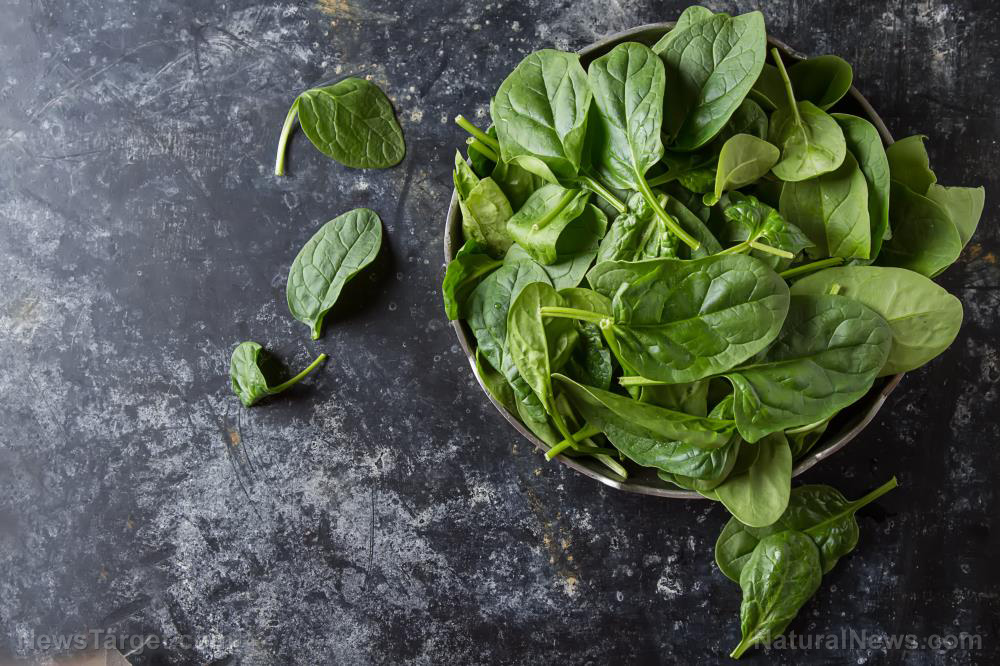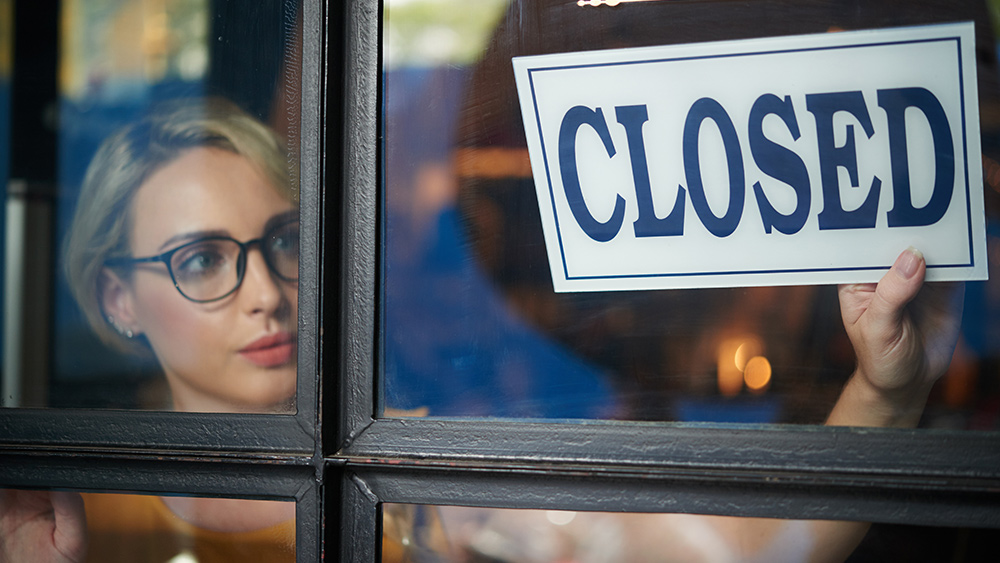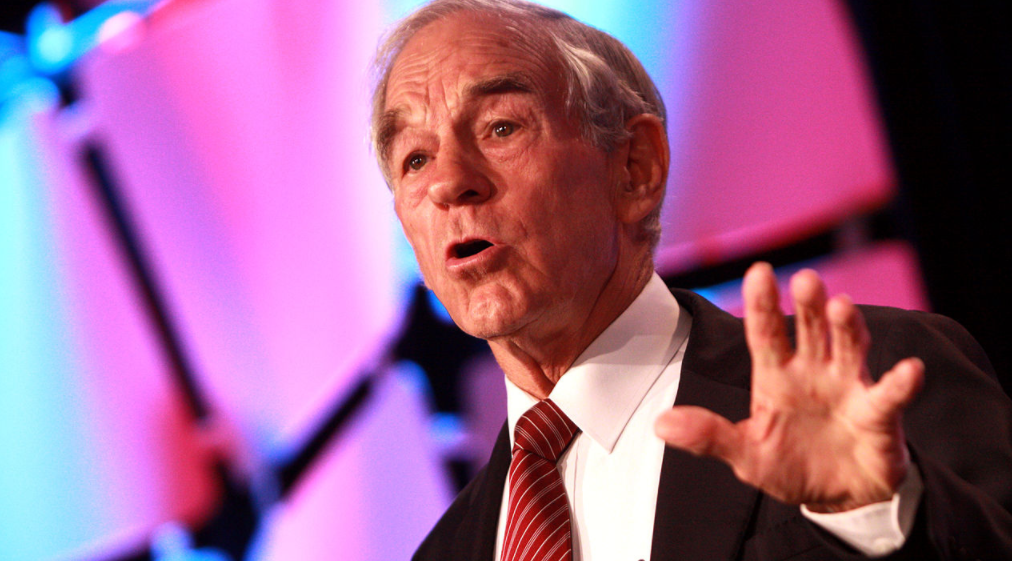A closer look at the fat-fighting abilities of coffee
03/16/2020 / By Michael Alexander

Here’s some news that’s sure to wake you up: A new study suggests that your cup of joe does more than just energize you for the day – it could be causing your body to burn fat.
Published in the journal Scientific Reports, the study, conducted by researchers at the University of Nottingham, in the UK, found that coffee actually stimulates the activity of “brown fat” in both laboratory and human studies.
The researchers first tested the effect of caffeine on stem cells. This was followed up with human studies, during which the researchers located stores of brown fat or brown adipose tissue (BAT) in the necks of the participants using a non-invasive thermal imaging technique.
The researchers then measured the participants’ fat heat levels before and after drinking a single cup of coffee.
“From our previous work, we knew that brown fat is mainly located in the neck region, so we were able to image someone straight after they had a drink to see if the brown fat got hotter,” said Michael Symonds, one of the study’s co-authors and a professor at the University of Nottingham‘s school of medicine.
The researchers observed that not only did the heat levels rise after coffee consumption, the fat cells from the region also became more metabolically active.
“This is the first study in humans to show that something like a cup of coffee can have a direct effect on our brown fat functions,” Symonds said, adding that the potential implications of their results are “pretty big.”
“Obesity is a major health concern for society and we also have a growing diabetes epidemic and brown fat could potentially be part of the solution in tackling them,” Symonds said.
Despite their findings, however, the researchers say additional follow-up studies using caffeine supplements will help confirm that caffeine is the active ingredient, and not some other component of coffee.
“The results were positive and we now need to ascertain that caffeine as one of the ingredients in the coffee is acting as the stimulus or if there’s another component helping with the activation of brown fat,” Symonds noted in a statement.
Symonds and his team are currently looking at caffeine supplements to test whether the effect would be similar. (Related: What’s the best and healthiest way to brew coffee? Experts weigh in.)
“Once we have confirmed which component is responsible for this, it could potentially be used as part of a weight management regime or as part of glucose regulation program to help prevent diabetes,” Symonds stated.
What is brown fat?
According to medical experts, brown fat is just one of two types of fat found in the body, the other being white fat.
Brown fat is often referred to as “good fat” because it can generate heat and metabolize macronutrients by burning calories. This is in stark contrast to “white fat” or white adipose tissue (WAT) that stores excess calories from sugar and fat.
“Brown fat works in a different way to other fat in your body and produces heat by burning sugar and fat, often in response to cold,” Symonds said, adding that increasing brown fat’s activity improves blood sugar control as well as helps in improving one’s blood lipid levels.
According to experts, brown fat is found mostly in the neck area, and its amount is often inversely proportional to that of white fat. This means that generally, the higher your body mass index, the more white fat you have, and the lower your body mass index, the more brown fat you have.
Coffee: Not a total silver bullet
Given the study’s promising results and the well-documented health benefits of the beloved drink, it’s understandable if one were to think of increasing his coffee intake. However, experts warn that doing so may not be optimal and that coffee drinkers should not go over the recommended number of cups if they are to avoid one of caffeine’s peskier side effects: jitters and nervousness.
“First of all, up to three cups a day may have a health benefit, [with] no detriment,” David Agus, a professor of Medicine and Engineering at the University of Southern California said in an interview with CBS News.
“Don’t do more. More isn’t better,” Agus, who isn’t affiliated with the original research team, said.
“What I also want to push is no coffee after 1:00 or 2:00 p.m. Caffeine’s half-life is six hours. If you have a 1:00 [cup], it’s only going to be half the level by 7:00 at night. Even if you sleep, it’s not going to be the deep restful sleep with caffeine on board,” Agus noted.
Learn more about the health benefits of coffee and caffeine at Nutrients.news.
Sources include:
Tagged Under: body fat, brown adipose tissue, brown fat, caffeine, coffee, diabetes, fightobesity, functional food, glucose, grocery cures, lipids, metabolism, natural cures, natural medicine, obesity, slender, thermogenesis, weight loss



















